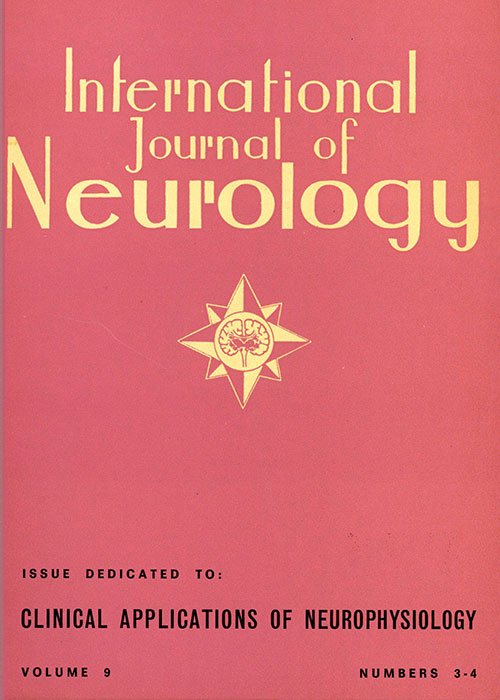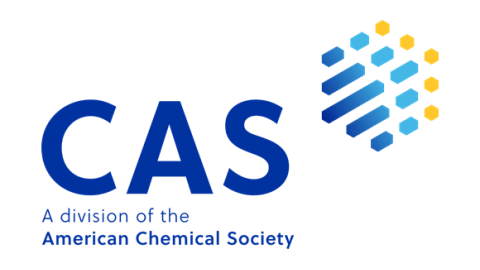IJN_202
DOI:
https://doi.org/10.62486/ijn197526Abstract
The double issue (Numbers 3–4) of Volume 9 of the International Journal of Neurology (1975) was dedicated to the clinical applications of neurophysiology. It opened with an editorial and presented a collection of experimental and clinical papers demonstrating how neurophysiological techniques contribute to diagnosis, understanding, and treatment of neurological disorders.
The issue featured seminal studies on the use of averaged evoked potentials for assessing central nervous system function (Peck, Dustman, and Lewis), and on the clinical application of somatosensory evoked responses (Cracco). Other investigations addressed baroreceptor and vasomotor function in neurological disease (Appenzeller) and explored cerebellar modulation of cerebral seizures in monkeys (Snider).
Further contributions examined visual evoked responses—binocular and monocular—as tools for differentiating psychogenic versus organic visual disturbances (Kooi, Yamada, and Marshall), and presented electrophysiological studies of the cortico–striato–pallido–center median system in cats (Blum, Elizur, and Wijsenbeek). Clinical reflections included the interruption of ongoing cerebral circuits (Arnot), and a broader perspective on the training of neurologists (Critchley).
The volume concluded with a historical essay on Meynert’s concept of amentia (Pappenheim), news, and an In Memoriam section.
This issue marked an important moment in the journal’s history, emphasizing the growing role of electrophysiology as a diagnostic and investigative tool in both experimental and clinical neurology.
Downloads
Published
Issue
Section
License
Copyright (c) 1975 A (Author)

This work is licensed under a Creative Commons Attribution 4.0 International License.
The article is distributed under the Creative Commons Attribution 4.0 License. Unless otherwise stated, associated published material is distributed under the same licence.







